EchoingWhisper
TPF Noob!
- Joined
- Aug 12, 2011
- Messages
- 1,553
- Reaction score
- 54
- Location
- Malaysia
- Can others edit my Photos
- Photos OK to edit
Density of light does change. A larger f/stop will bring higher density of light, even if the total amount of light is the same.
You just added a variable that should be a constant between your comparisons. The only variable here should be the sensor size.
It's not a variable, just that sensor size affects the density of light given that the same total amount of light falls on the sensor. On the larger sensor, the light is refracted to fill a larger frame, thus the light is less dense.





![[No title]](/data/xfmg/thumbnail/41/41492-467958db3420bceb7ab410a12dcc681f.jpg?1619739819)
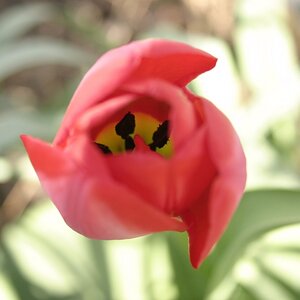
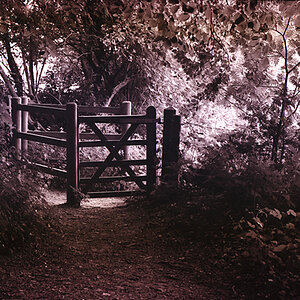
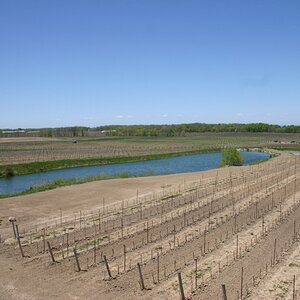
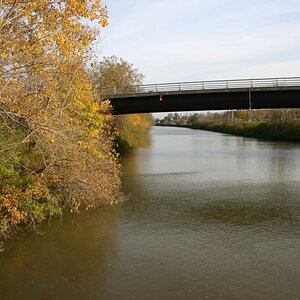
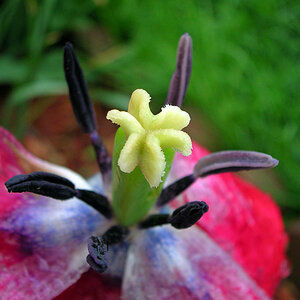


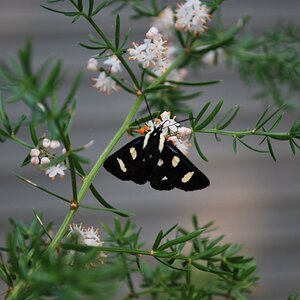
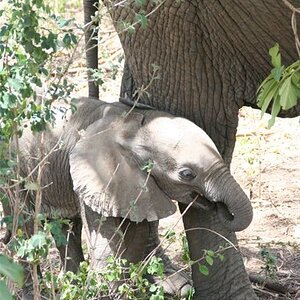
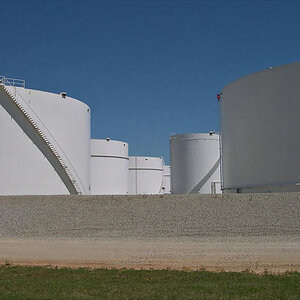
![[No title]](/data/xfmg/thumbnail/32/32704-68982e06c91b163f96186a4eb21d742f.jpg?1619735607)